
Autumn Nature Exploration: Leaf Sorting with Montessori Principles
Autumn Nature Exploration: Leaf Sorting with Montessori Principles
When the air turns crisp, and the trees begin to paint the landscape with warm shades of red, orange, and gold, autumn offers families and schools a perfect opportunity to connect children with the wonders of the natural world. In the Montessori approach, the classroom does not end at four walls—it extends outdoors into fields, gardens, and forests, where children learn through direct interaction with nature. Among the many activities that resonate with the Montessori philosophy during this season, one stands out as both simple and profound: leaf sorting.
This autumnal practice not only sparks children’s natural curiosity but also integrates key developmental areas—sensorial exploration, language enrichment, and early scientific observation. By engaging in activities like leaf classification, children absorb fundamental lessons in botany and ecology while strengthening independence, focus, and concentration.
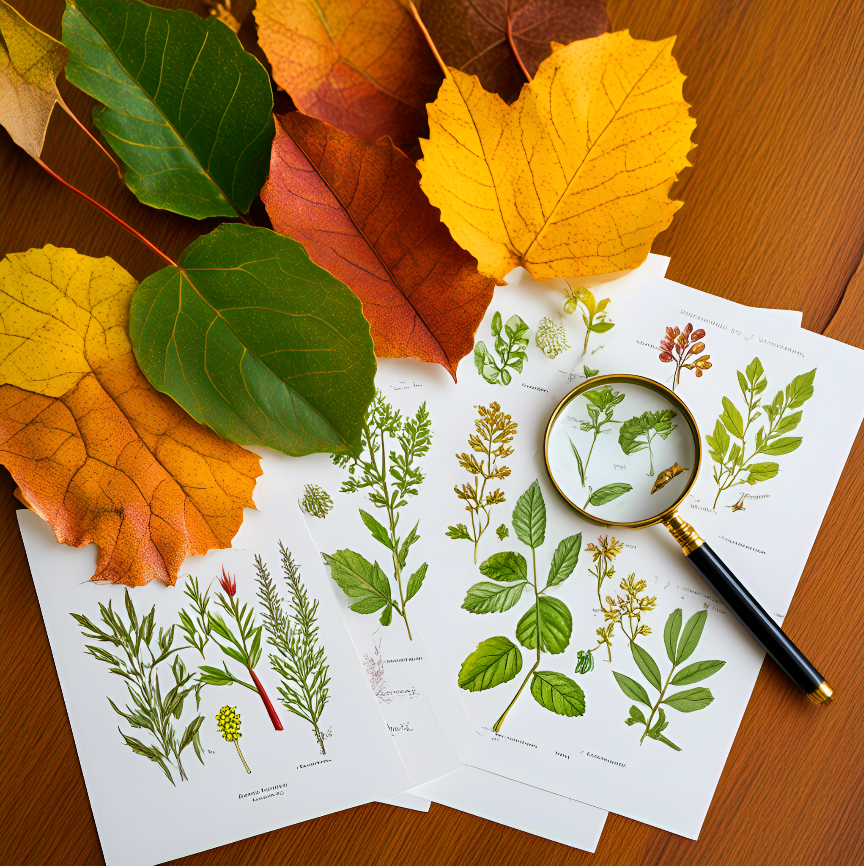
Why Autumn Leaves Capture a Child’s Attention
Maria Montessori observed that children thrive when they are provided with real, tangible materials that connect them to their environment. Autumn leaves, in their abundance and variety, are ideal for this purpose. Each leaf carries unique qualities—shapes, textures, colors, and patterns—that naturally invite sorting and categorizing.
When a child collects a handful of leaves, they are holding a miniature science laboratory in their hands. They notice differences: serrated versus smooth edges, broad versus narrow forms, thick veins versus delicate ones. These variations offer a living extension of the Montessori sensorial materials, which are designed to refine perception by isolating one quality at a time.
Placing leaf sorting into the seasonal rhythm provides children with a way to ground themselves in the cycles of nature. It cultivates a sense of observation, reverence for life, and joy in discovery—all of which align perfectly with Montessori education.
The Montessori Method in Action: From Sensory Exploration to Classification
The activity of leaf sorting can unfold in stages, echoing the progression of Montessori materials from concrete to abstract.
1,Collection
Begin with a simple nature walk. Invite children to gather a variety of leaves that catch their eye. The act of collecting empowers children with choice, reinforcing the Montessori principle of independence.
2,Initial Observation
Encourage children to examine their leaves: touch the surfaces, trace the veins, hold them against the light. This sensorial step lays the foundation for deeper exploration.
3,Sorting by Attributes
Introduce classification criteria. At first, children may sort by color—placing all the yellows together, the reds in another group. Later, they can advance to sorting by shape (oval, lanceolate, palmate), edge (smooth, serrated, lobed), or size. This mirrors the Montessori progression of moving from simple comparisons to refined distinctions.
4,Language Development
Montessori education emphasizes the link between sensorial experience and language. As children sort leaves, teachers or parents can introduce precise botanical vocabulary. Words like “margin,” “vein,” “petiole,” and “symmetry” become grounded in lived experience.
5,Connecting to Montessori Materials
Here, the Botany Leaf Cabinet with Insets becomes an invaluable tool. Just as children compare geometric forms with the Montessori Geometric Cabinet, they can match real leaves with the insets from the Leaf Cabinet. This bridges outdoor exploration with structured classroom learning, reinforcing observation skills and laying a foundation for botany studies.
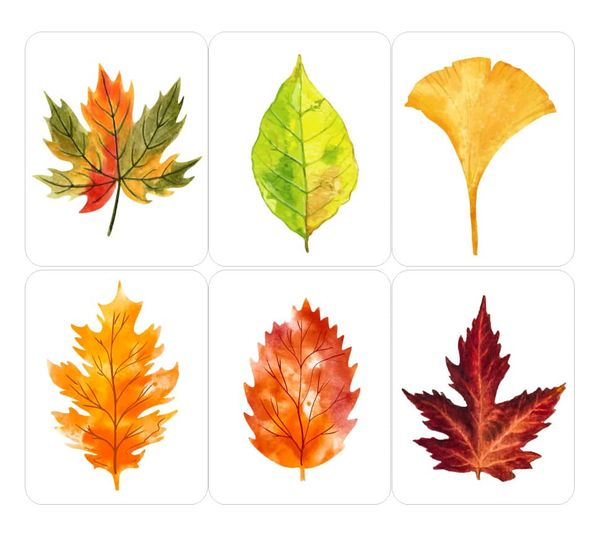
6,Scientific Classification
For older children, the activity can extend into formal classification, using Montessori three-part cards with leaf types. Children match the real leaf, the picture card, and the name card, gradually internalizing both visual recognition and scientific terminology.
The Broader Benefits of Leaf Sorting
1. Sensorial Refinement
Children refine their sense of touch, sight, and even smell while handling leaves. Montessori materials are designed with the same purpose: to isolate qualities and sharpen perception. Autumn leaves provide a naturally occurring sensorial material.
2. Cognitive Development
Sorting involves categorization, a key cognitive skill. When children decide how to group leaves—by shape, color, or edge—they are practicing the foundations of logical reasoning and scientific thinking.
3. Language Enrichment
By attaching words to sensory impressions, children’s vocabularies expand. Language becomes a tool to express the richness of their observations.
4. Connection to Nature
Montessori emphasized “education for life.” Leaf sorting is not only a classroom exercise but also a means of fostering environmental stewardship. When children appreciate the diversity of leaves, they begin to respect the ecosystems that sustain them.
5. Concentration and Flow
The repetitive act of sorting and matching invites children into a state of deep focus—what Montessori called “normalization.” The simplicity of the activity masks its profound impact on attention and self-regulation.
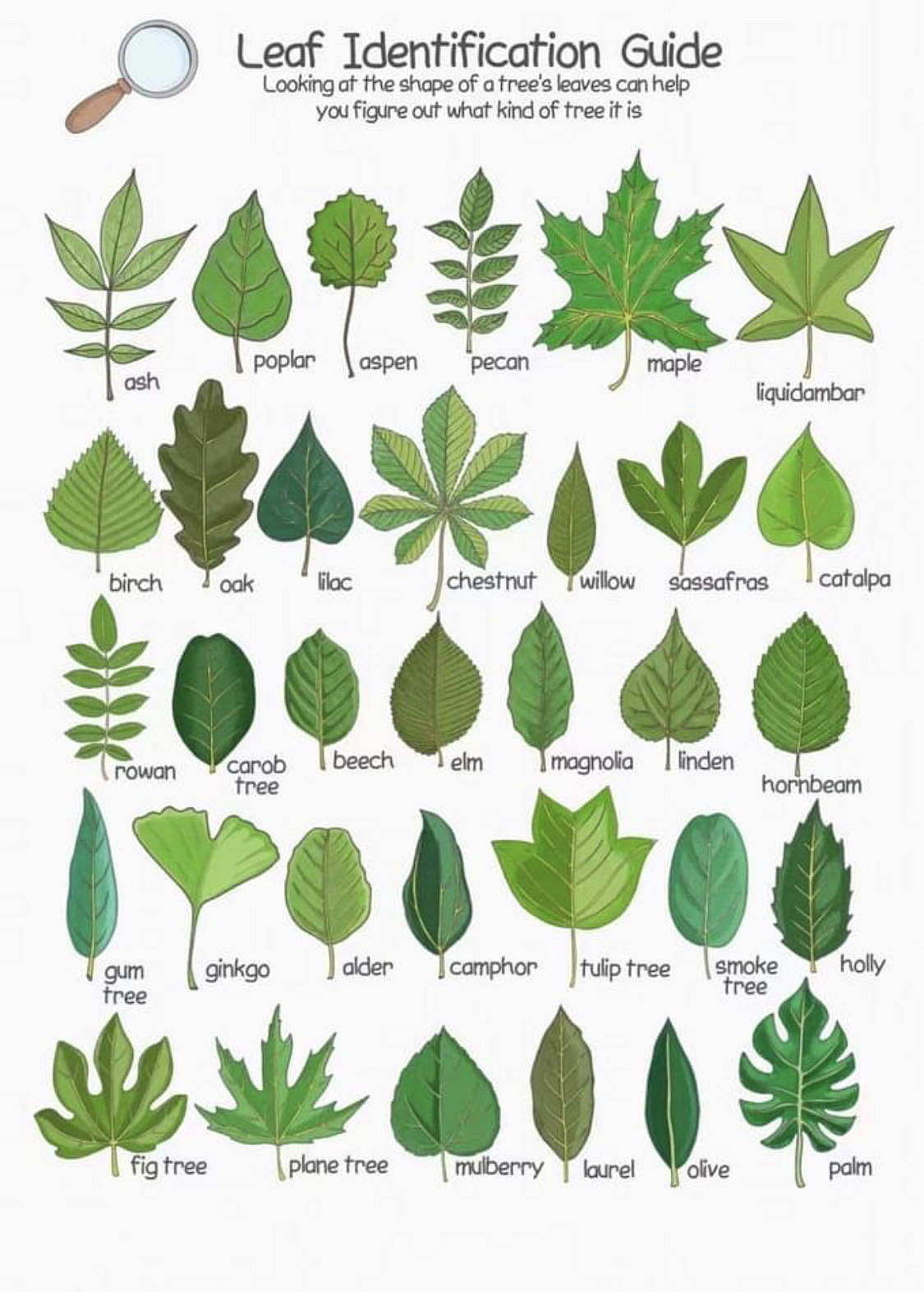
How Schools and Families Can Bring This Practice Alive
l Create Autumn Exploration Baskets
l Provide trays or baskets with collected leaves, magnifying glasses, and the Botany Leaf Cabinet insets. The hands-on presentation makes the activity inviting and orderly, reflecting the Montessori principle of a prepared environment.
l Document the Process
l Encourage children to draw or make leaf rubbings after sorting. This creates a bridge between observation and artistic expression, while preserving their discoveries.
l Seasonal Displays
l In Montessori classrooms, nature tables often serve as focal points. Adding a rotating leaf collection during autumn keeps the environment fresh and connected to the world outside.
l Cross-Curricular Connections
l Leaf sorting can link to math (counting leaves in each category), geography (learning which trees grow in which regions), or art (arranging leaves into mandalas or patterns).
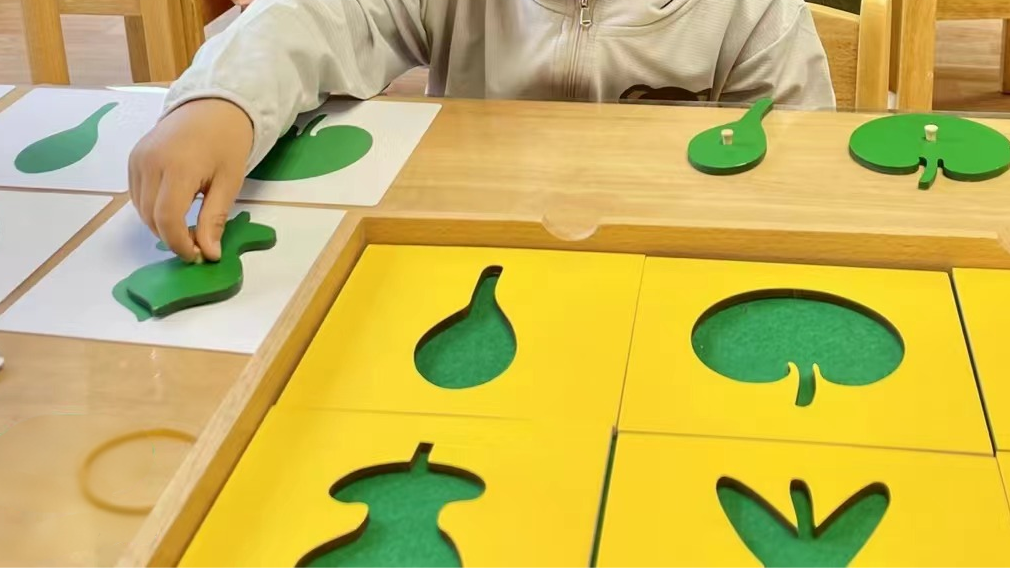
Adena Montessori: Supporting Authentic Montessori Practice
For families and educators looking to enrich autumn learning, high-quality Montessori materials offer a bridge between seasonal experiences and lasting academic foundations. Adena Montessori, a trusted global provider of Montessori materials, offers the Botany Leaf Cabinet with Insets—an essential material that complements real-world exploration of leaves. By combining natural discoveries with carefully crafted materials, children gain both the joy of exploration and the precision of scientific learning.
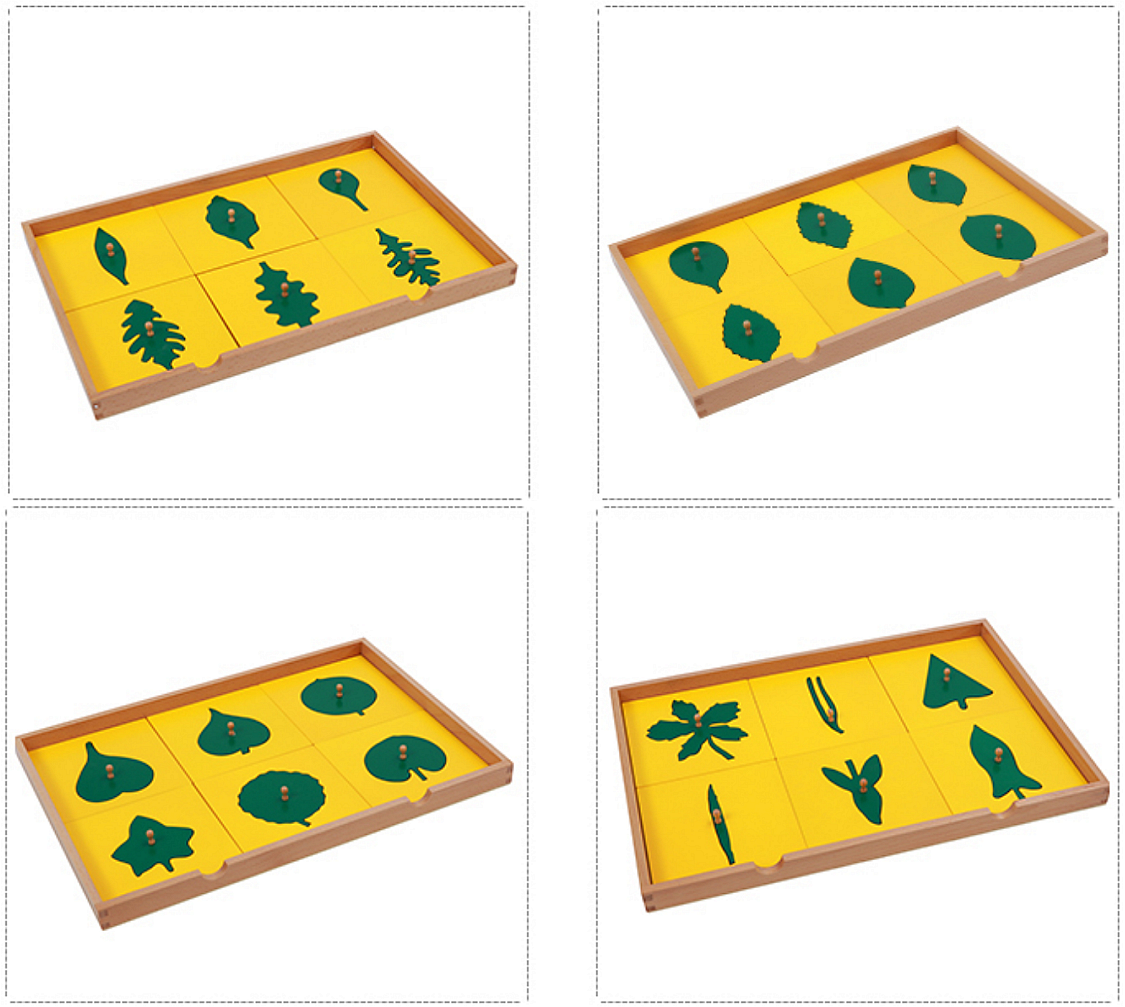
(As you can see, Adena Montessori’s Botany Leaf Cabinet with Insets includes 2 additional leaves compared to other suppliers. What’s more, it also comes with matching control cards and three-part cards.)
Closing Reflections
Autumn is more than just a season of transition; it is a living classroom waiting to be discovered. Through the simple act of collecting and sorting leaves, children engage in sensorial discovery, refine language, and begin their journey into scientific classification. By linking these activities with Montessori materials such as the Botany Leaf Cabinet, families and schools honor both the child’s natural curiosity and the structured elegance of the Montessori method.
As the leaves fall, they remind us that change is beautiful—and that every moment in nature is an opportunity for learning.
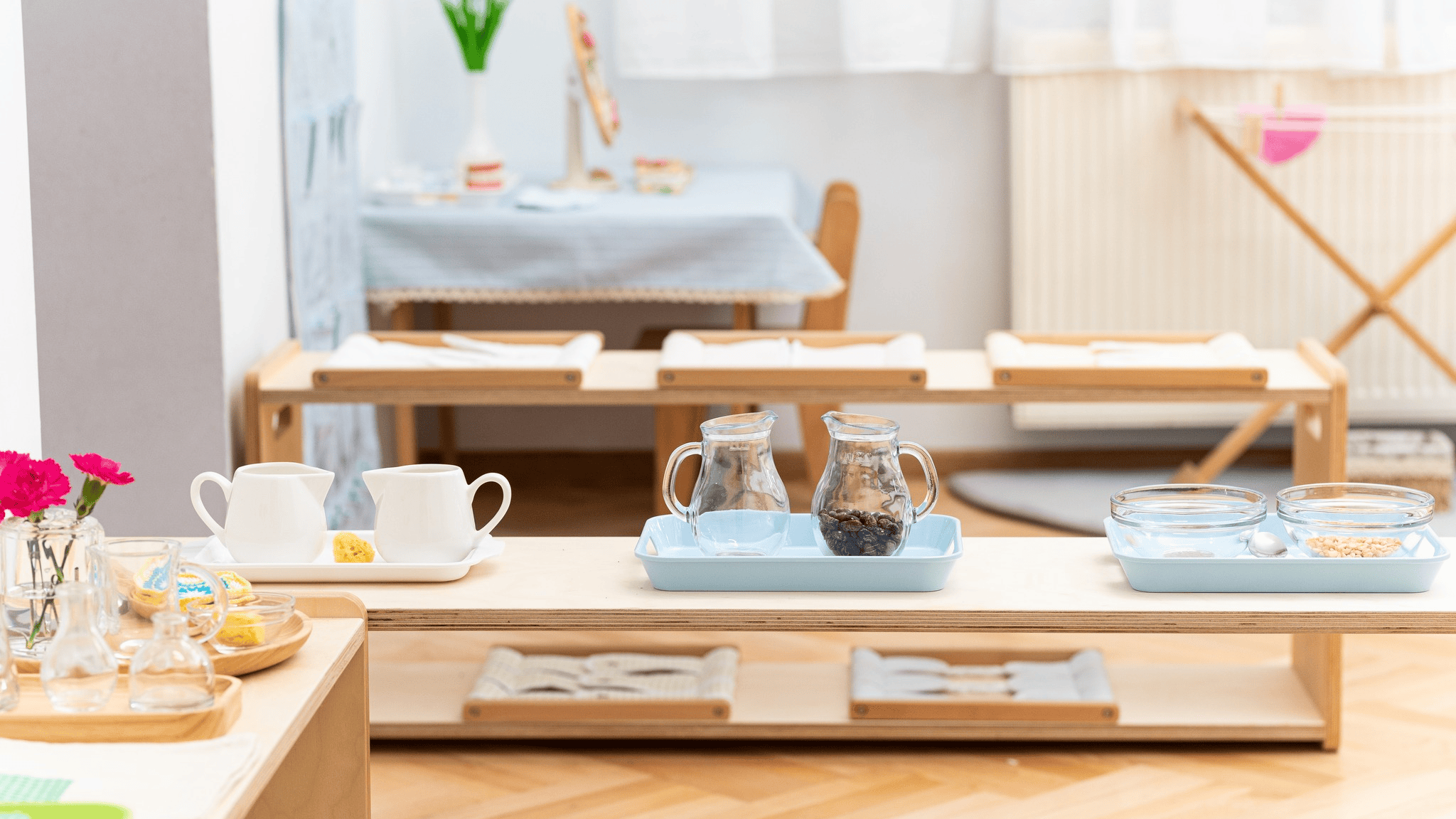 Back-to-School Anxiety: Montessori Tips for a Smooth Transition
Back-to-School Anxiety: Montessori Tips for a Smooth Transition
 Back-to-School Checklist: Montessori Study Corner Setup | Adena Montessori
Back-to-School Checklist: Montessori Study Corner Setup | Adena Montessori
 Autumn Nature Exploration: Leaf Sorting with Montessori Principles
Autumn Nature Exploration: Leaf Sorting with Montessori Principles
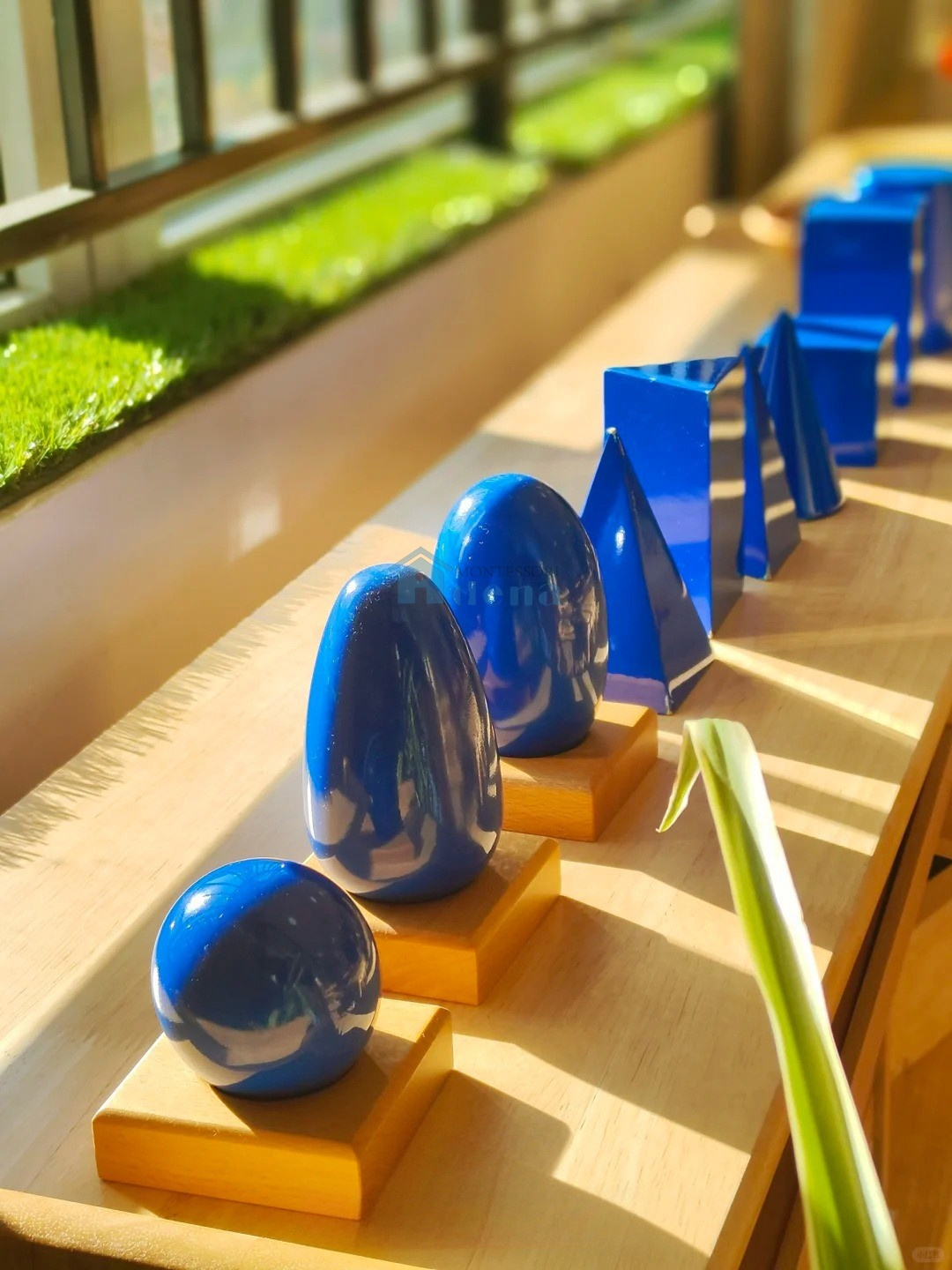 How to Communicate with Teachers About Your Child’s Growth: Montessori Wisdom for Back-to-School Season
How to Communicate with Teachers About Your Child’s Growth: Montessori Wisdom for Back-to-School Season
